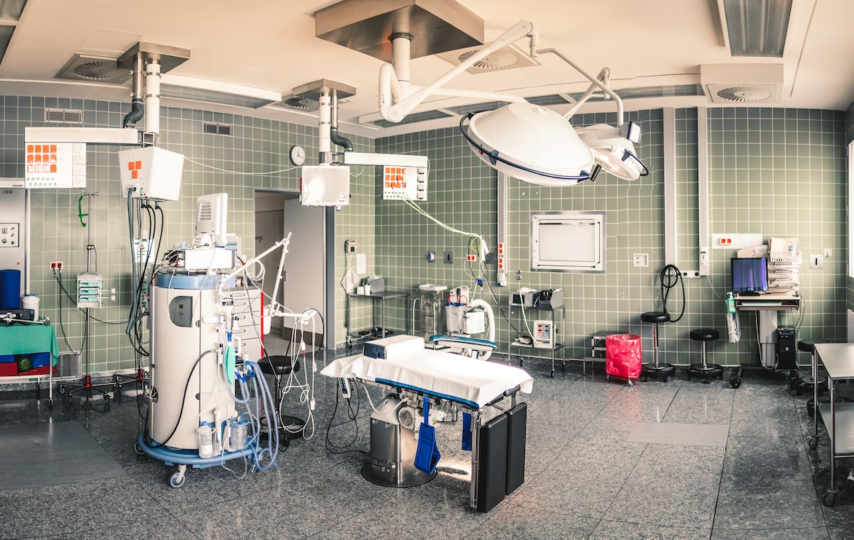Medical equipment fabrication is a complex process that involves multiple steps and requires high precision and accuracy. The choice of the injection mold material is one of the process’ essential elements.
Designing the Equipment
The first step in the fabrication process of medical equipment is designing the equipment. This is a vital stage that requires careful planning, as all the other steps will depend on the equipment’s design. The intended application of the apparatus as well as the particular needs of the medical sector should be considered during design.
Creating a Prototype
Once the equipment’s design is complete, the following stage is to build a prototype. The prototype will allow manufacturers to test the equipment’s functionality, identify any design flaws or challenges, and make necessary adjustments. Injection mold material is required for the creation of a prototype since it helps to guarantee that the prototype is an accurate depiction of the finished product.
Fabricating the Equipment
The next step in the process is fabricating the final product. This requires the use of precision machinery and technologies to create the equipment’s various components. Injection molds are often used in this step as they offer high accuracy and consistency in producing the required components.
Assembly and Testing
After fabricating every component, the apparatus is put together, tested one more time, and then it is ready for use. This step is essential to verifying that the device operates as intended and complies with the appropriate requirements.
Challenges in Medical Equipment Fabrication
Medical equipment manufacture is not without its difficulties. One of the main issues that manufacturers face is choosing the right injection mould material. The material must maintain structural integrity while withstanding high heat and pressure. This is particularly crucial since sterilisation procedures often used on medical equipment might change the characteristics of the material.
Maintaining the necessary accuracy and precision during the manufacturing process is another difficulty. High levels of accuracy must be used in both the design and installation of medical equipment. Any defects or errors might reduce the equipment’s efficiency and put people at risk for injury.
Compliance and Regulations
There are specific laws and standards that must be followed while creating medical instruments. The creator is responsible for ensuring that a product complies with all safety regulations. It is essential to follow regulations and legislation such as ISO standards and FDA recommendations to ensure that the equipment is functional and safe.
Conclusion
Making medical instruments requires careful planning, measurement, and attention to detail. Manufacturers must choose the appropriate material for their injection moulds to ensure that the equipment is dependable and functional. To ensure that their equipment is safe and dependable, manufacturers must adhere to stringent rules and safety requirements. To create high-quality, safe medical equipment, you must be well-versed in the essential phases and issues that arise throughout the manufacturing process.







